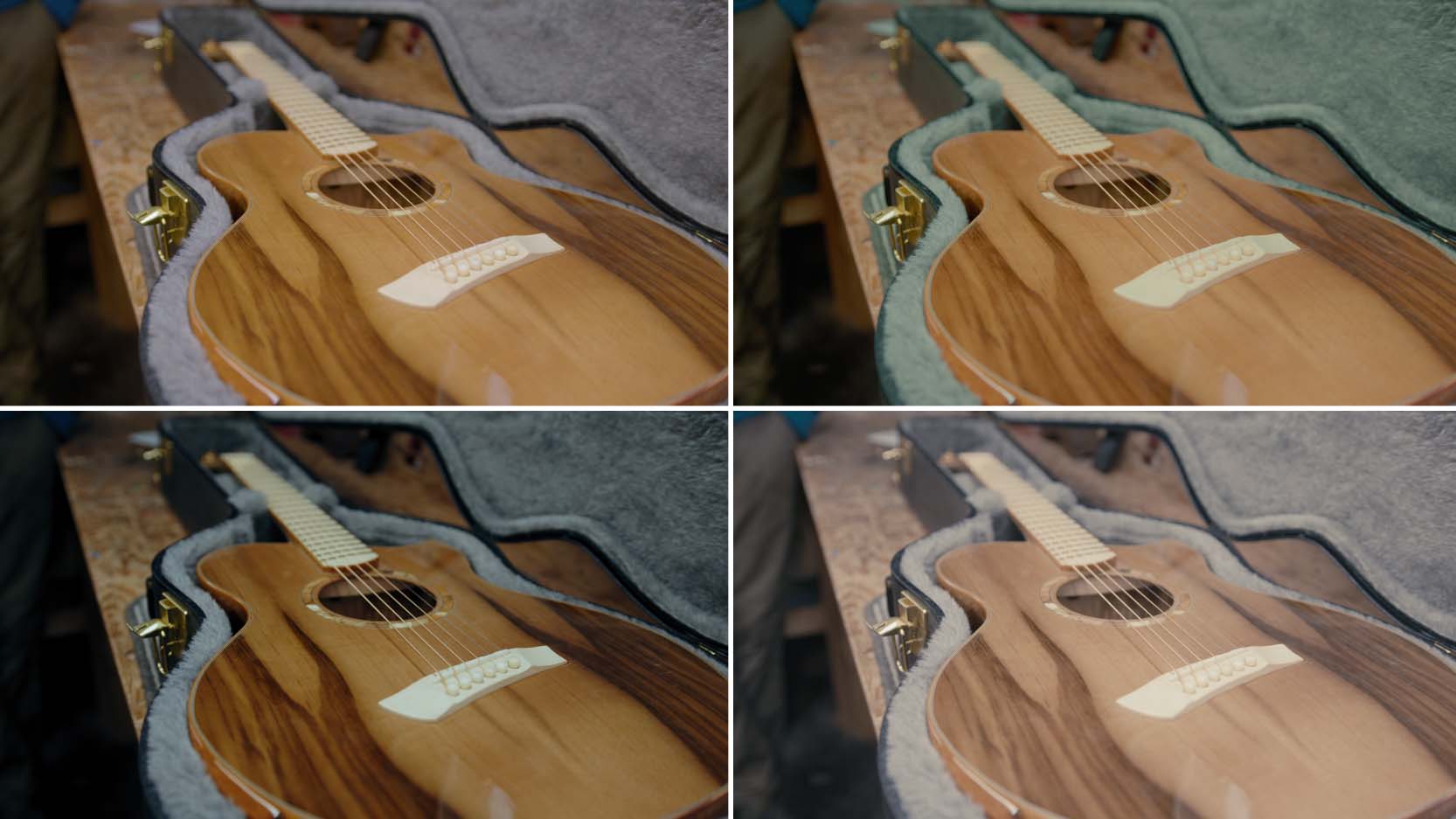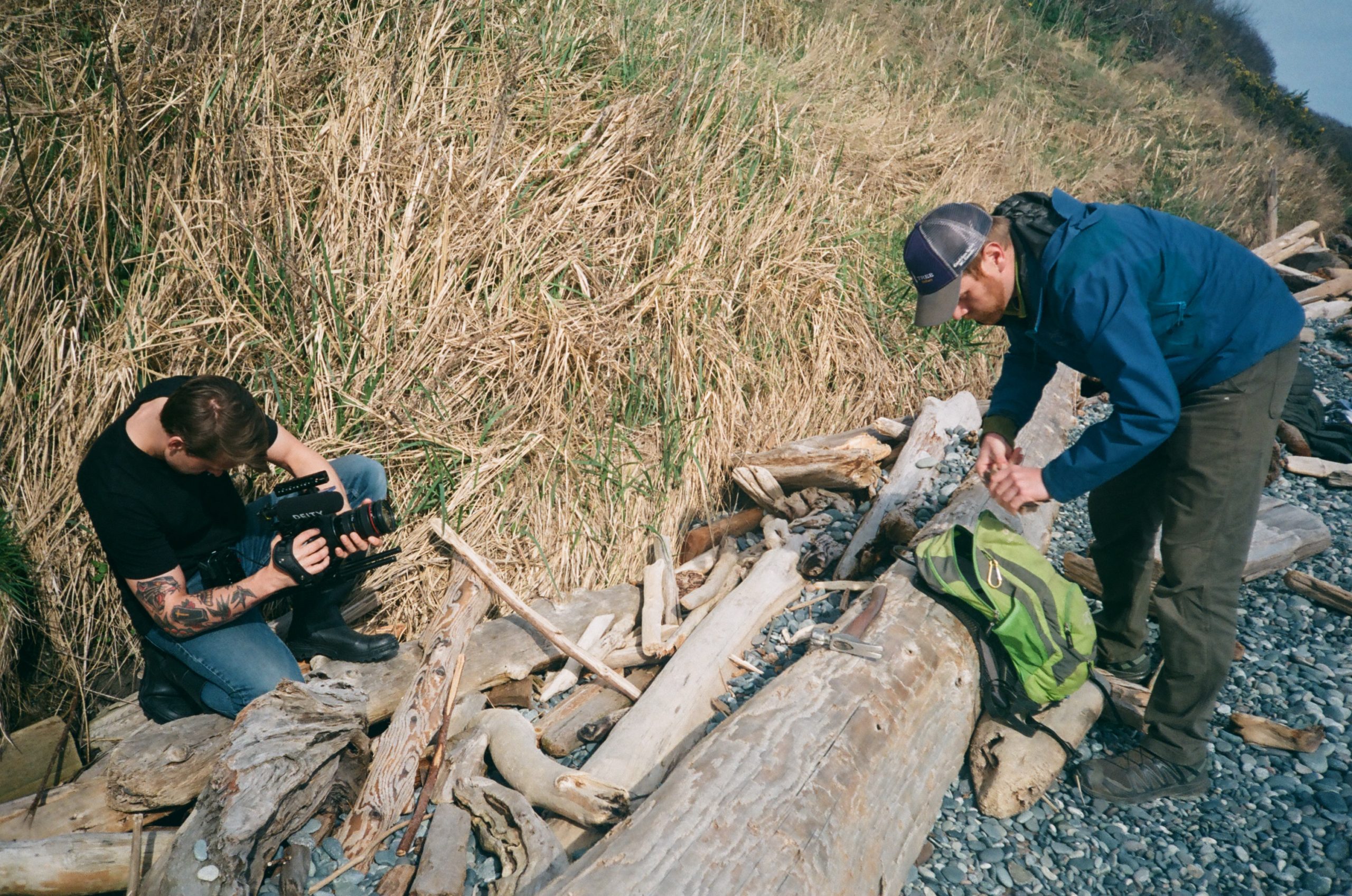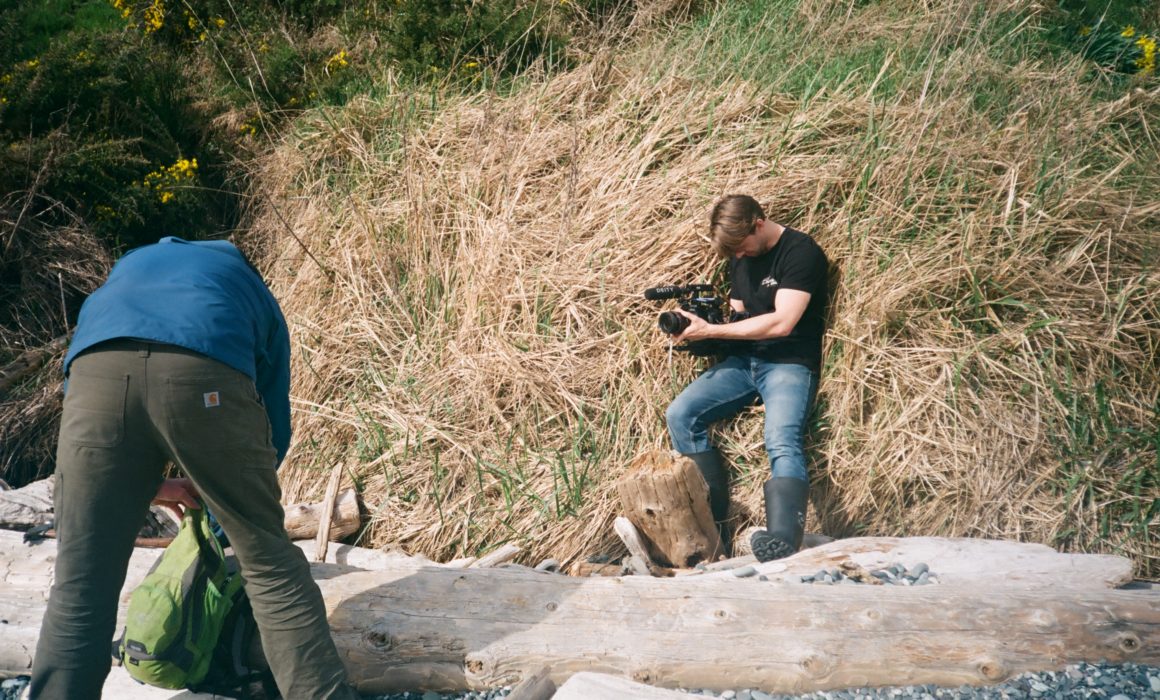Field Notes 003: Victoria & Cowichan Lake
This year we began production on our first short documentary. The filmmaking process began as a search for local craftsmen with an interest in sustainability and post-production is ongoing at the time of writing. We had several locations set for production and we sent a member of our film team to go visit each location and ensure that we were adequately prepared for any outcome.
Our video production team went to a Victoria BC beach, a guitar workshop in Cowichan Lake, and a trail in Mesachie to get the footage for this project and we can’t wait to show you how everything turned out!
We acknowledge that we live, work and create on the traditional territory of the Songhees, Esquimalt, and W̱SÁNEĆ nations and for this project we also recognize the traditional territory of the Ts’uubaa-asatx where we filmed.
Day 1: Cowichan Lake Recce

Our first visit to the location was done several weeks before production was scheduled. Especially, when coordinating across several sites, it’s important to have a team member visit in advance so that we can put together an adequate plan for the shoot.
On a normal recce, our team is looking at the lighting, space on location, furniture in the room, or natural features of the location. Once we get an idea of some angles and light availability, we’re able to put together a list of lenses and lighting that will be necessary on the shoot day.
We took several photos of the space, which were useful in planning out the look and feel of the video. Having images to refer to and test out colour grades gave a clear vision for the project.
This day also had a second benefit, we were able to chat with our interview subject and learn about his process. We had talked with Steve from Lone Tree Guitars via email and on the phone but meeting in person was a crucial step in getting to know the subject for the film and planning out the stories’ structure.
Some angles that we initially were considering were dismissed solely on the fact that it wasn’t authentic. Talking with Steve in person gave a much stronger impression of his process and intention with his guitars. We always aim to elevate our subject’s story instead of manufacturing one, and meeting our subject was an important step towards that goal for this project.

Sample footage taken from our recce that we used to test out different looks and feels for the documentary.
Day 2: Video Production in Victoria

Our first shoot day was scheduled for a beach in Victoria. For this day, we kept the equipment minimal to prevent any disruption. Since this location was familiar to our team, we picked a time that would work well with either overcast or sunny weather. This proved to work well since we had overcast weather for the first half and sunshine for the second half of the shoot.
On this day, we had a sequence to shoot that would be cut into the film and show part of the process away from the guitar shop. Although the interview hadn’t been recorded for the storyline, visiting the shop and speaking with Steve was really helpful in piecing together some ideas or different shots that we would want to match within the film.
We left with everything we needed, confident that it would fit together well with the larger part of the film which was to be recorded in a couple of weeks.

Day 3: Production in Cowichan and Mesachie

Although this was the third day of our film shoot, it was also the most packed. We had 3 portions planned for the day: hiking in Mesachie, an interview, and building a guitar in the shop.
The forecast for this day was overcast and rainy but on arrival, we had some clear skies. We made the call to switch around the schedule and shoot the hiking portion while we had the chance. Making this call, we knew that the workshop would have relatively consistent lighting throughout the day since we noted this during our recce. We filmed several hiking portions and then came back to the workshop as the rain blew in.
Since we were shooting in a small workshop, the initial plan was to bring several lights so that we could have consistent lighting in different parts of the room. Luckily, Steve had several overhead practical (built-in) lights that we could use and it meant that we only needed to bring in interview lighting. We grabbed the interview shots and filmed part of the guitar-making process for the rest of the day.
To Be Continued

Overall, we walked away with a great story and some beautiful footage. We were lucky in the sense that Steve and his workshop were great on camera but the success of the shoot was also due to our pre-production process and scouting locations in advance.
We’re still working on the edit for this project but can’t wait to share this when everything is done and cut together!


